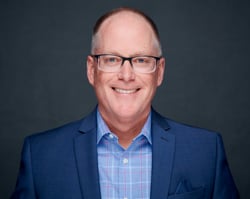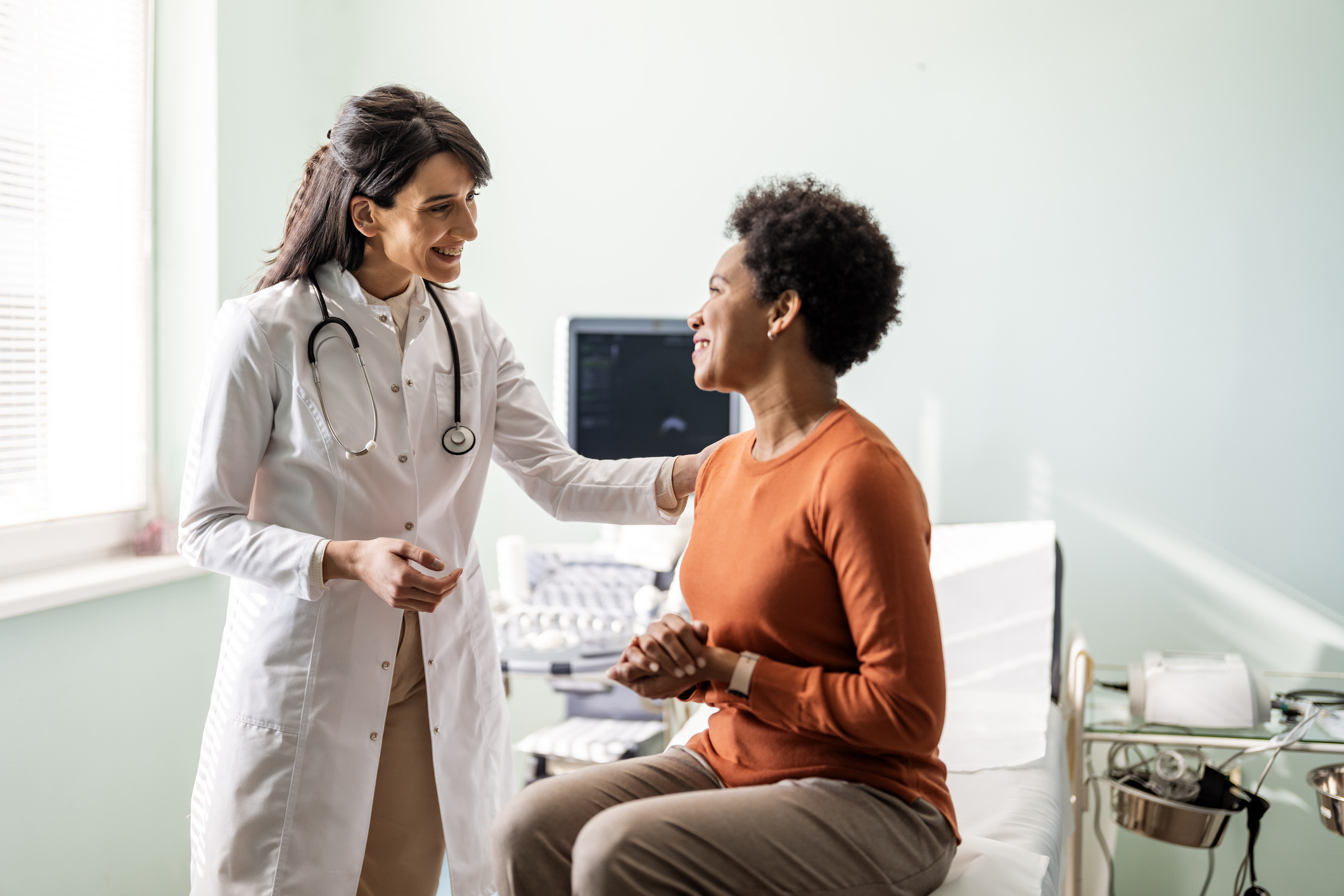Packaging Trends and Advice from Industry Experts
Looking ahead at 2022, we asked packaging experts to share their thoughts on emerging trends, top strategic priorities for the year, and their best professional development advice.
Our packaging experts included:

Kevin Zacharias - Technical Director, Oliver Healthcare Packaging |
Dan Burgess - Fellow, Packaging Engineer, Boston Scientific |
Deepa Rampura - Manager, Packaging Engineer, Intuitive |
Jordan Montgomery – Distinguished Packaging Engineer and Technical Fellow, Medtronic |
What emerging trend will shape the future of healthcare packaging?
Dan Burgess: I believe that new/better approaches to Design Requirements Definition & Management will be required – to facilitate analytical modeling, deeper understanding of required minimum material properties, ease of material change, and sustainability goals.
Deepa Rampura: I anticipate increased interest in sustainable solutions as the first choice for sterile barrier systems (SBS). Breaking the barriers that limit the use of post-consumer recycled (PCR) content for SBS today will significantly impact how we approach healthcare packaging design. It is probably not a trend yet, but if we are able to progress towards a future state where we can use published stability data for a given SBS material combination and sterilization modality, and not have to repeat the test internally, that will be helpful.
Jordan Montgomery: From my perspective, the current supply disruptions show us that we have opportunities to improve how we specify and verify our packaging systems. How do we specify the agility we need to keep devices in the hands of people who need them?
What is the top strategic priority for your packaging team this year?
Kevin: Our focus will be mitigating supply-chain risk and talent management, ensuring we are resourced appropriately to support our customers virtually and in-person. . More widely, we would like to help engineers find new and creative approaches to qualifying multiple raw material sources and approve changes. New methods may result in more agility to dual-source packaging components.
Deepa: Our team will be exploring packaging solutions and initiating projects that will help us continue to mitigate risk, get ahead of the potential supply chain challenges, and help support continuity. Doing this in a condensed time frame is always a challenge.
Dan: A top focus for my team this year will be to advance Design Requirements Definition & Management methods. Our challenge will be managing unplanned material changes and shortages throughout the coming year.
Jordan: We’re making fundamental improvements in our function (package engineering) to allow us to move the needle when it comes to the quality, cost, and environmental sustainability of our packaging system designs. That said, the greatest challenge facing us are supply disruptions. We have always dealt with change for materials as they occur, and typically our suppliers did a nice job of notifying and allowing time for changes to be fully assessed. Now however, there is little “warning” for either of us and that could disrupt the supply of devices and therapies to people that need them. We will have to build material/supply agility into our design to ensure our devices will be available.
What is the best industry-relevant source you follow/subscribe to?
Jordan: LinkedIn tends to show me thought provoking content every time I go in there. From my perspective though, there is no substitution for discussions with colleagues from other companies or other industries. When I see that my peers are dealing with the same challenges, it tells me that any good idea has the potential to be useful beyond the four walls we work within. Becoming involved in industry groups (ASTM, ISTA, AAMI, ISO) and networking at industry conferences is a great way to engage in these discussions.
Dan: The only packaging specific source I frequently read is the AIPIA The Global Smart Packaging Hub. Beyond that, I read journals focused on science that support specific problems I’m trying to solve. A key resource for me is Knovel a database of engineering technical reference information.
Deepa: I read LinkedIn articles published by groups I follow. Institute of Packaging Professionals (IOPP) is another resource. I learn quite a bit by browsing through the IOPP Pack Chat exchanges between industry peers. Subscriptions to Healthcare Packaging, QMed and MD+DI articles delivered to my inbox serve as quick insight into industry trends and latest news.
Kevin: Like Deepa, I leverage LinkedIn for industry-relevant information. It’s been surprisingly educational and a nice extension of the conference circuit we’re all used to.
For professional development, what programs or certifications would you recommend healthcare packaging engineers explore?
Deepa: I recommend programs that help you effectively influence change with cross-functional peers and/or leadership. There may be resistance to embracing newer solutions by team members because of the time it takes or challenges one might encounter by adopting a new path. Enhancing or building this skill set will significantly help packaging engineers educate and introduce their teams to newer industry trends (example use of PCR materials) and make them more receptive to adopting or exploring these trends. Often, internal talent development teams provide access to such programs. I highly recommend tapping into these resources that will help packaging engineers have a stronger voice at the table.
Dan: I have found focused technical courses to be especially helpful. One example of this is the course on Paper Science by UW-Stevens Point. My approach to career advancement is to focus on understanding the science of why things work the way they do. This is a never-ending journey as there are always new challenges that require further understanding or present a new technology I know little about. The value for me in taking this path has been that if I understand the “why”, everything else is relatively straightforward.
Jordan: For professional development, I would urge people to review their work and hold it up to scrutiny – with other engineering functions (materials, mechanical design, reliability, systems, etc.). This exchange of ideas yields tremendous rewards, consumes very little extra time, can be directly applicable to your work/projects, and is free of charge.
Kevin: I would highly encourage networking at industry conferences and participating in educational events, especially the ones that industry partners offer (sterilization, materials, equipment, regulatory, etc.). These can help build your knowledge base all year.
Patient safety and improving patient outcomes are at the core of what we do. The pandemic and other disruptions have highlighted vulnerabilities in the security of supply, unlocking new possibilities and opportunities to collaborate across the medical packaging industry. We look forward to the year ahead and thank the experts for sharing their perspectives with us on PackTalk.


.webp)
